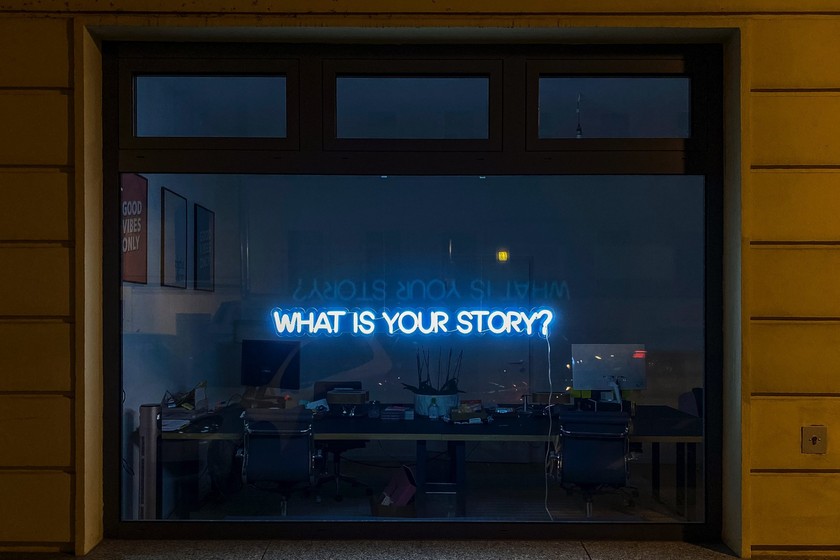
What do cortisol, dopamine, and oxytocin, have to do with your job search? I will give you a clue. They are all hormones that our brain releases in response to a good story. They help us stay alert and focused on the account and allow us to remember its details. But, perhaps, more importantly, these hormones help us empathize and connect with the story’s protagonist and their struggles to succeed.
Allow me to provide you with some context. Several years ago, I started engaging international students as a career coach at UConn. The majority of these students had backgrounds in engineering, technology, and the sciences and were excited at the prospect of securing employment with a reputable U.S. employer. However, finding employment in the U.S. as an international student has its own challenges due to the highly competitive job market, and the reluctance of many U.S. employers to sponsor H1B visas for international candidates. Many of these students needed to make an extra effort to distinguish themselves significantly from their competition.
As part of my efforts to help them, I worked on developing their storytelling skills during interviews and networking opportunities. You see, I was fortunate enough to listen to so many of their amazing stories over the years. Stories about their accomplishments, successes, and failures. Stories about how they had overcome adversity and why it was important for them to succeed. I also realized that so many of the stories that I had heard from them were “sticky.” I would think about them when I was driving home from work. I would think about them while I was having dinner. In fact, I was thinking and talking about them for days or even weeks. I was not familiar with most of the cities that these students lived in, the schools that they had attended, or the organizations that they worked for. Yet, their stories were both memorable and impactful. What was even more remarkable was the fact that after listening to these stories, I would associate these students with specific brand personas. There was A.J., the “data genius,” A.B., the “innovator”, D.M., the “problem solver,” and M.T the “optimizer.”
Good storytelling can be a powerful tool in your job-search tool kit, but it requires that you follow some sort of process that will help you design, develop, and test the impact of your stories on your target audience. One such relatively simple process has been adapted from design thinking and is outlined below:
Step 1 : Create a Story Blueprint answering the following questions
- Who is your target audience? (e.g., companies, hiring managers, recruiters, alumni etc.)
- What do they value? (The knowledge, skills, abilities, and personal traits that they value the most)
- What are you trying to communicate? (i.e. highlight a particular achievement, skill, ability, interest)
Step 2: Build your Story Prototype
- Choose a story that serves your purpose (i.e. highlight a particular achievement, skill, ability, interest).
- Build a rough draft (use post-its, type it, record it, – whatever works best for you!)
Step 3: Share your Rough Draft for Feedback
- Share it with at least two other people and then ask them:
- What was most memorable?
- What questions did I leave unanswered?
- What do you think it was that I was trying to communicate?
Step 4: Design for Impact
- Reflect on the feedback
- Modify your story for maximum impact
Step 5: Test it
- Look for opportunities to test it on your target audience (e.g. during networking and interviewing). If you are not getting the desired result, then you need to re-assess your choice of stories or the way that you are telling them.
Many of the international students that I have worked with in the past have used their stories to bring their diverse experiences to life. I would like to invite you to do the same.
“You are a multitude of stories – each has contributed to the complex, one-of-a-kind person that you are today….stories tear down walls, unite cultures, and help people realize that they are more alike than different, all while celebrating what is unique to you.”
–From the book “How To Tell A Story” (2022) by M. Bowles, C. Burnes, J. Hixson, S. Jenness, K. Telers
Take care!
Photo by Etienne Girardet on Unsplash
